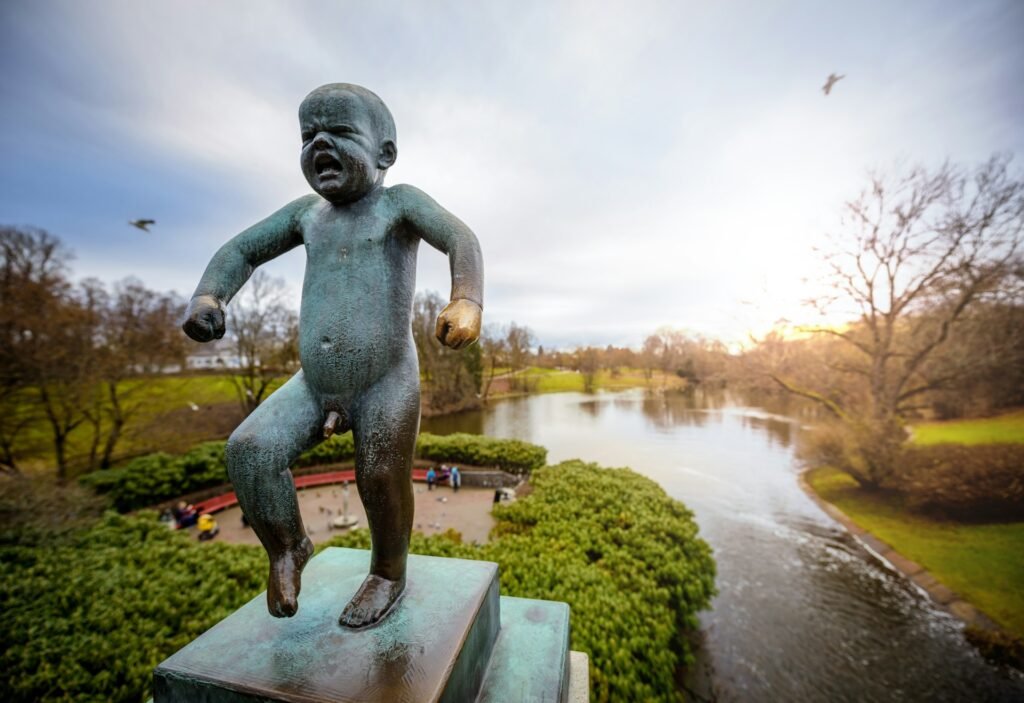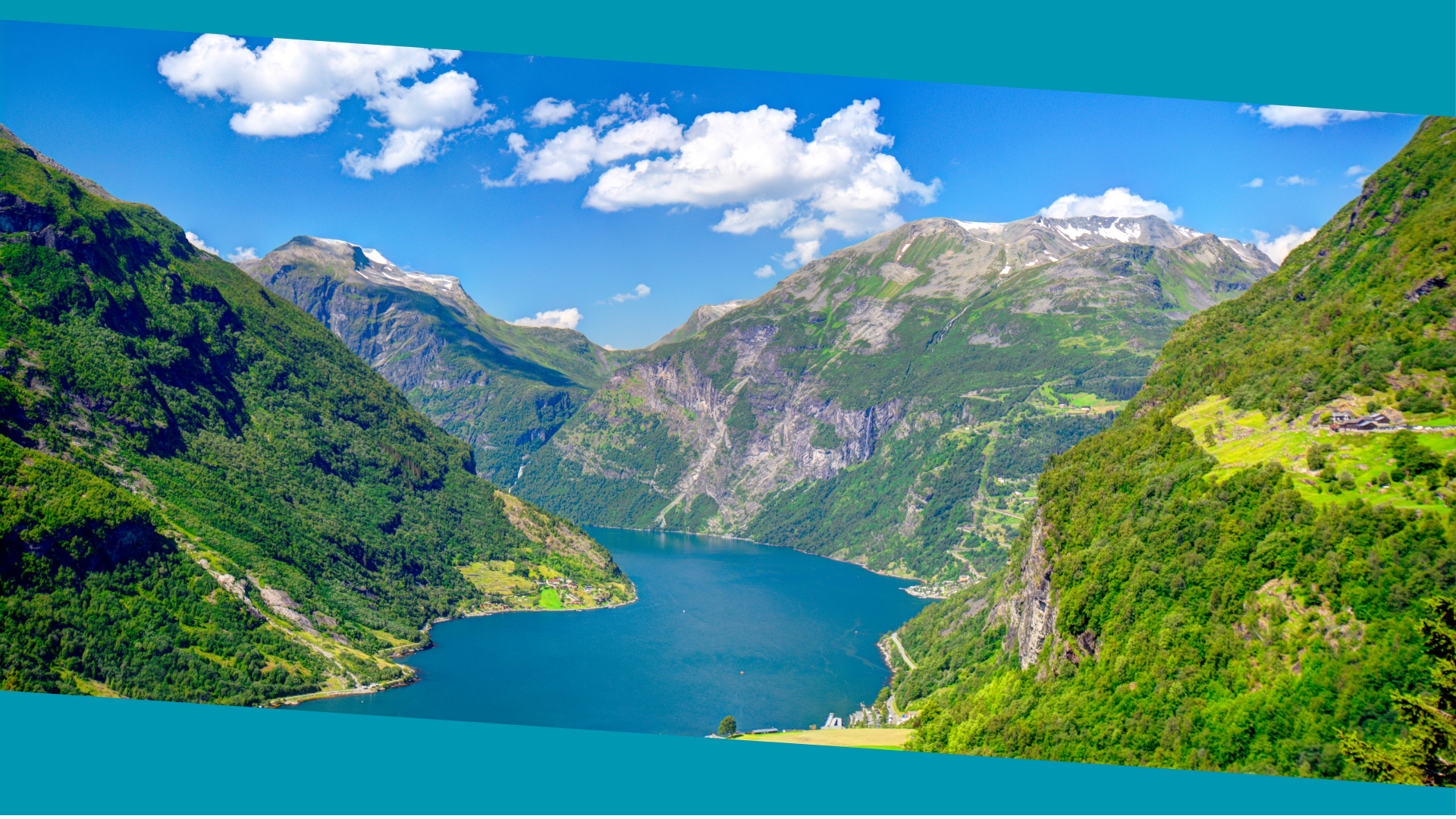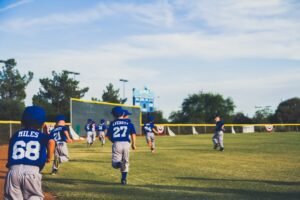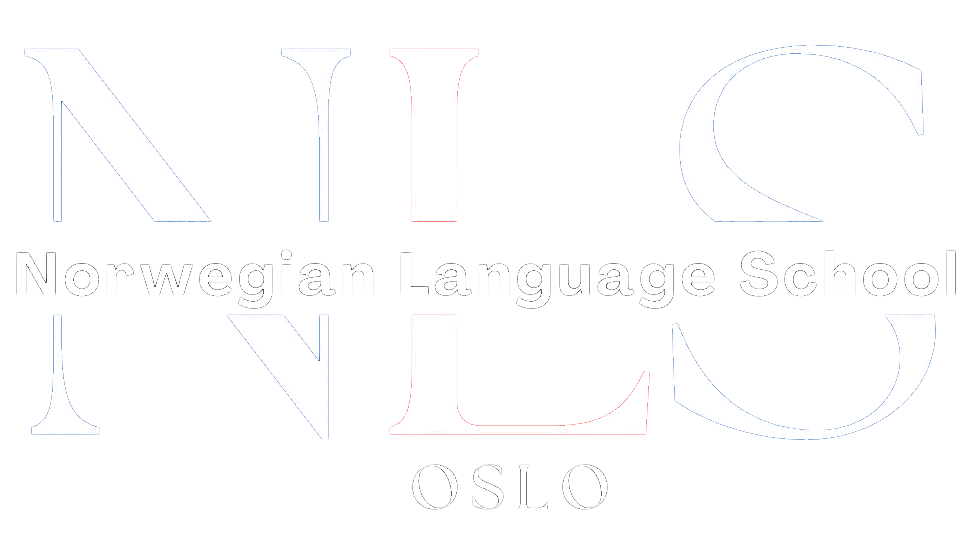

Oslo City Guide: A Comprehensive Journey Through Norway’s Capital
Table of Contents
ToggleIntroduction
Oslo, the capital of Norway, is a city that captivates visitors with its unique blend of urban sophistication and natural beauty. Nestled at the northernmost end of the Oslofjord, this vibrant metropolis offers a diverse array of experiences that cater to history buffs, art enthusiasts, nature lovers, and culinary adventurers alike. From its Viking heritage to its cutting-edge architecture, from its lush forests to its innovative cuisine, Oslo is a city that never fails to surprise and delight.
In this comprehensive guide, we’ll take you on a journey through Oslo’s top attractions, uncover hidden gems, explore outdoor experiences, delve into the local culinary scene, and provide essential tips for navigating the city. We’ll also introduce you to key Norwegian phrases and promote opportunities to deepen your understanding of Norwegian language and culture.
A Brief History of Oslo
Before we dive into the attractions, let’s take a moment to understand Oslo’s rich history. Founded around 1040 by King Harald Hardrada, Oslo has served as Norway’s capital since 1299. The city has survived fires, sieges, and occupations, each time rising from the ashes to reinvent itself.
In the 17th century, after a devastating fire, King Christian IV rebuilt the city and renamed it Christiania. It wasn’t until 1925 that the city reclaimed its original name, Oslo. Today, Oslo stands as a testament to Norway’s resilience and innovation, blending its historical heritage with forward-thinking urban planning and sustainability initiatives.
Norwegian Vocabulary:
- History – Historie
- King – Konge
- City – By
Top Attractions
1. The Viking Ship Museum (Vikingskipshuset)
No visit to Oslo is complete without a trip to the Viking Ship Museum. Here, you’ll find three of the best-preserved Viking ships in the world: the Oseberg, Gokstad, and Tune ships. These magnificent vessels offer a tangible link to Norway’s seafaring past and the Viking Age that shaped much of Northern European history.
The Oseberg ship, discovered in a large burial mound, is particularly impressive. Built around 820 AD, it’s thought to have been the burial ship of a powerful Viking queen. Along with the ships, the museum displays an array of Viking artifacts, including sleds, beds, a cart, and intricate wood carvings.
Norwegian Vocabulary:
- Viking ship – Vikingskip
- Burial mound – Gravhaug
- Discovery – Oppdagelse
2. Munch Museum (MUNCH)
Opened in 2021, the new Munch Museum is a striking addition to Oslo’s skyline. This 13-story building houses the world’s largest collection of works by Edvard Munch, Norway’s most famous artist. Munch bequeathed all his remaining works to the city of Oslo upon his death, resulting in this unparalleled collection.
The museum’s crown jewel is “The Scream,” Munch’s iconic masterpiece that has become a symbol of modern existential anxiety. But there’s much more to discover here, with over 26,000 works spanning Munch’s entire career. The museum also hosts temporary exhibitions featuring other artists, making it a dynamic center for art appreciation.
Norwegian Vocabulary:
- Art – Kunst
- Painting – Maleri
- Exhibition – Utstilling
- Artist – Kunstner
3. Oslo Opera House
The Oslo Opera House is a masterpiece of contemporary architecture that has become one of the city’s most recognizable landmarks. Designed by the Norwegian architecture firm Snøhetta, the building appears to rise from the waters of the Oslo Fjord, its angular white exterior inviting visitors to walk on its roof for panoramic views of the city and fjord.
Inside, the Opera House is home to the Norwegian National Opera and Ballet. Even if you’re not attending a performance, it’s worth taking a guided tour to see the stunning interior, including the horseshoe-shaped main auditorium with its wave-like oak wall.
Norwegian Vocabulary:
- Opera – Opera
- Ballet – Ballett
- Architecture – Arkitektur
- View – Utsikt
4. Vigeland Sculpture Park
Part of Oslo’s larger Frogner Park, the Vigeland Sculpture Park is a must-visit attraction that showcases the life’s work of sculptor Gustav Vigeland. With over 200 sculptures in bronze, granite, and cast iron, it’s the world’s largest sculpture park made by a single artist.
The park’s centerpiece is the impressive Monolith, a 14-meter high sculpture carved from a single piece of granite, depicting 121 intertwined human figures. Other famous sculptures include the Angry Boy, the Wheel of Life, and the Bridge with its 58 bronze statues. The park beautifully captures the human experience in all its complexity, from birth to death, joy to sorrow.
Norwegian Vocabulary:
- Sculpture – Skulptur
- Park – Park
- Statue – Statue
- Bronze – Bronse
- Granite – Granitt
5. Holmenkollen Ski Jump
Perched high above Oslo, the Holmenkollen Ski Jump is both a modern sports facility and a historic site. Ski jumping has taken place here since 1892, and the current jump, opened in 2010, is a feat of engineering and design.
Visitors can take an elevator to the top of the jump for breathtaking views over Oslo and the surrounding forests. The site also includes the world’s oldest ski museum, chronicling 4,000 years of skiing history. For an adrenaline rush, try the ski simulator that lets you experience the thrill of ski jumping virtually.
Norwegian Vocabulary:
- Ski – Ski
- Jump – Hopp
- Museum – Museum
- Forest – Skog
Hidden Gems
While Oslo’s main attractions are certainly worth visiting, the city also boasts a number of lesser-known sites that offer unique experiences away from the crowds.
1. Emmanuel Vigeland Mausoleum
Less famous than his brother Gustav’s sculpture park, Emmanuel Vigeland’s mausoleum is a hidden artistic treasure. Originally intended as a museum for his works, Emmanuel later decided it should serve as his final resting place. The windowless building is covered in dramatic frescoes depicting the cycle of life, death, and resurrection. The room’s acoustics create a unique echo effect, adding to the ethereal atmosphere.
Norwegian Vocabulary:
- Mausoleum – Mausoleum
- Fresco – Freske
- Echo – Ekko
2. Tjuvholmen Sculpture Park
Located in the trendy Tjuvholmen neighborhood, this small but impressive outdoor gallery features works by international artists. Set against the backdrop of the Oslo Fjord, it’s a perfect spot for art lovers and photographers. The park is part of a larger urban renewal project that has transformed this former shipyard area into a vibrant cultural district.
Norwegian Vocabulary:
- Sculpture park – Skulpturpark
- Neighborhood – Nabolag
- Urban renewal – Byfornyelse
3. Mathallen Food Hall
For food enthusiasts, Mathallen is a must-visit destination. This indoor food market houses over 30 specialty shops, cafes, and eateries. It’s an excellent place to sample traditional Norwegian cuisine, as well as international delicacies. From fresh seafood to artisanal cheeses, from local produce to gourmet chocolates, Mathallen offers a culinary journey through Norway and beyond.
Norwegian Vocabulary:
- Food hall – Mathall
- Market – Marked
- Delicacy – Delikatesse
- Seafood – Sjømat
4. Akerselva River Walk
The Akerselva River, which runs through Oslo from north to south, offers a picturesque walking route that showcases the city’s industrial heritage and natural beauty. The 8-kilometer path takes you past old factories, waterfalls, and through some of Oslo’s trendiest neighborhoods. It’s a great way to experience local life away from the tourist crowds.
Norwegian Vocabulary:
- River – Elv
- Walk – Tur
- Waterfall – Foss
- Factory – Fabrikk
5. Oslo Reptile Park (Reptilpark)
For something completely different, visit the Oslo Reptile Park. This unique attraction houses a variety of reptiles, amphibians, and insects from around the world. It’s a hands-on experience where visitors can handle some of the animals under supervision. The park also runs educational programs about biodiversity and conservation.
Norwegian Vocabulary:
- Reptile – Reptil
- Snake – Slange
- Lizard – Øgle
- Frog – Frosk
Outdoor Experiences
Oslo is renowned for its proximity to nature, offering numerous opportunities for outdoor activities right on the city’s doorstep.
Oslomarka Forest
Oslomarka is the vast forested area surrounding Oslo, covering about 1,700 square kilometers. It’s a year-round destination for outdoor enthusiasts, offering hiking trails, cycling routes, and cross-country skiing tracks in winter. The forest is easily accessible by public transport, making it a popular spot for both tourists and locals seeking a quick nature escape.
In summer, you can hike to lakes for swimming or berry picking. In winter, the forest transforms into a winter wonderland, with over 2,600 kilometers of prepared cross-country ski trails.
Norwegian Vocabulary:
- Forest – Skog
- Hiking – Fotturer
- Skiing – Skiløping
- Lake – Innsjø
- Berry – Bær
Hovedøya Island
Just a short ferry ride from the city center, Hovedøya Island offers a perfect day trip destination. The island features beautiful beaches, nature trails, and the ruins of a 12th-century Cistercian monastery. It’s an ideal spot for picnics, swimming (in summer), or simply relaxing away from the urban bustle.
The island also has an interesting history, having served as a naval base and prisoner camp in different periods. Today, it’s a protected nature reserve, home to a diverse array of plant and animal species.
Norwegian Vocabulary:
- Island – Øy
- Beach – Strand
- Ferry – Ferge
- Monastery – Kloster
- Nature reserve – Naturreservat
Culinary Delights
Oslo’s food scene is a exciting blend of traditional Norwegian cuisine and international influences, reflecting the city’s position as a modern, multicultural capital.
Traditional Norwegian Dishes
Don’t miss the opportunity to try some classic Norwegian dishes:
- Kjøttkaker: Norwegian meatballs, usually served with gravy, potatoes, and lingonberry jam.
- Røkelaks: Smoked salmon, often served on bread or with scrambled eggs.
- Fårikål: The national dish of Norway, a hearty stew of mutton and cabbage.
- Brunost: Brown cheese with a unique, caramel-like flavor, often eaten on bread or waffles.
- Rakfisk: Fermented trout, a traditional dish particularly popular during the holiday season.
Modern Norwegian Cuisine
For a contemporary take on Norwegian ingredients and culinary traditions, visit some of Oslo’s acclaimed restaurants. Many chefs are embracing the New Nordic Cuisine movement, focusing on local, seasonal ingredients prepared with modern techniques.
The Grünerløkka neighborhood is particularly known for its trendy restaurants and cafes, offering everything from gourmet burgers to innovative tasting menus.
Norwegian Vocabulary:
- Restaurant – Restaurant
- Meal – Måltid
- Delicious – Deilig
- Chef – Kokk
- Ingredients – Ingredienser
Getting Around
Oslo boasts an efficient and comprehensive public transport system that makes navigating the city a breeze.
Public Transport
The city’s public transport network includes:
- Metro (T-bane): Five lines covering most of the city.
- Trams: Six lines, particularly useful for central areas.
- Buses: Extensive network covering areas not served by metro or tram.
- Ferries: Connecting the city center with the Oslo Fjord islands.
Consider purchasing an Oslo Pass, which offers free public transport and entry to many attractions.
Cycling
Oslo is increasingly bicycle-friendly, with an extensive network of bike lanes. The city’s bike-share program, Oslo City Bike, allows you to rent bicycles from numerous stations around the city.
Norwegian Vocabulary:
- Bus – Buss
- Tram – Trikk
- Metro – T-bane
- Ticket – Billett
- Bicycle – Sykkel
Learn Norwegian in Oslo
To truly immerse yourself in Norwegian culture and enhance your travel experience, consider taking Norwegian language classes. The NLS Norwegian Language School in Oslo offers excellent group courses for all levels.
Their experienced teachers use modern teaching methods to help you quickly improve your Norwegian skills. Whether you’re a beginner looking to learn basic phrases for your trip, or someone planning a longer stay who wants to become fluent, NLS has a course for you.
Classes are held in small groups, allowing for personalized attention and plenty of speaking practice. The school also organizes cultural activities, helping students to not just learn the language, but also understand Norwegian culture and way of life.
To learn more about their group Norwegian classes and find a course that fits your schedule, visit https://nlsnorwegian.no/group-norwegian-classes.
Norwegian Vocabulary:
- Language – Språk
- Class – Kurs
- Learn – Lære
- Teacher – Lærer
- Student – Student
Seasonal Highlights
Oslo is a city that transforms with the seasons, each offering its own unique experiences:
Summer (June – August)
Summer in Oslo is a magical time. The long days (with the sun not setting until around 10:30 PM in midsummer) mean extended hours for outdoor activities. It’s the perfect time for hiking in Oslomarka, enjoying the beaches on the Oslo Fjord, or experiencing the Midsummer (Sankt Hans) celebrations on June 23rd.
Norwegian Vocabulary:
- Summer – Sommer
- Sun – Sol
- Beach – Strand
- Celebration – Feiring
Autumn (September – November)
Autumn brings spectacular colors to Oslo’s parks and forests. It’s an excellent time for hiking and enjoying the crisp air. The Oslo Innovation Week, usually held in September, showcases the city’s thriving tech and startup scene.
Norwegian Vocabulary:
- Autumn – Høst
- Leaves – Blader
- Innovation – Innovasjon
Winter (December – February)
Winter transforms Oslo into a winter wonderland. The Christmas markets in December create a festive atmosphere, while sports enthusiasts can enjoy skiing in Oslomarka or at the nearby Oslo Winter Park. Don’t miss the magical northern lights, which can sometimes be seen from Oslo on clear winter nights.
Norwegian Vocabulary:
- Winter – Vinter
- Snow – Snø
- Christmas – Jul
- Northern lights – Nordlys
Spring (March – May)
As the city awakens from winter, spring is a lovely time to visit Oslo. The trees bloom, outdoor cafes open up, and cultural events like the Oslo International Church Music Festival take place.
Norwegian Vocabulary:
- Spring – Vår
- Bloom – Blomstring
- Festival – Festival
Conclusion
Oslo is a city that rewards exploration in all seasons. From its world-class museums to its hidden artistic treasures, from its stunning natural surroundings to its vibrant culinary scene, there’s always something new to discover. The city’s commitment to sustainability, evident in its green spaces, eco-friendly transport, and focus on local produce, makes it a model for 21st-century urban living.
To make the most of your Oslo experience, consider learning some Norwegian. Not only will it help you navigate the city more easily, but it will also deepen your connection with the local culture and people. Remember, the NLS Norwegian Language School (https://nlsnorwegian.no/group-norwegian-classes) offers flexible group classes that can fit into your travel schedule.
Whether you’re here for a short visit or planning a longer stay, Oslo welcomes you with open arms. Its unique blend of urban sophistication and natural beauty, coupled with the warmth of its people, makes it a destination that lingers in the memory long after you’ve left.
So pack your bags, brush up on your Norwegian, and prepare for an unforgettable journey through Norway’s captivating capital. God tur og velkommen til Oslo! (Have a good trip and welcome to Oslo!)

Norwegian A1-A2
Course Overview The Norwegian A1-A2 course is an online program focused on teaching essential Norwegian grammar and vocabulary. It includes a variety of materials and topics, with opportunities to interact with a Norwegian teacher entirely online. Curriculum Highlights The course covers key areas such as grammar and vocabulary and topics such as family, daily life, education, work, traditions, and leisure activities. Who Should Enroll? This course is perfect for beginners or those at the A1 or A2 levels who want to improve their Norwegian skills. What You Get Access to the full Norwegian A1-A2 course. A monthly 1-hour online conversation with a teacher. Many written and oral assignments. Comprehensive information on Norwegian grammar, Norwegian vocabulary and how to use them, important sentence structures, etc. Tips on additional resources to further enhance your Norwegian learning.
0 students enrolled
Last updated Dec 10th, 2024
If you want to learn Norwegian, you can register for classes here. We look forward to hearing from you and helping you become fluent in Norwegian.
Refer a friend and get $150. Join the program here






